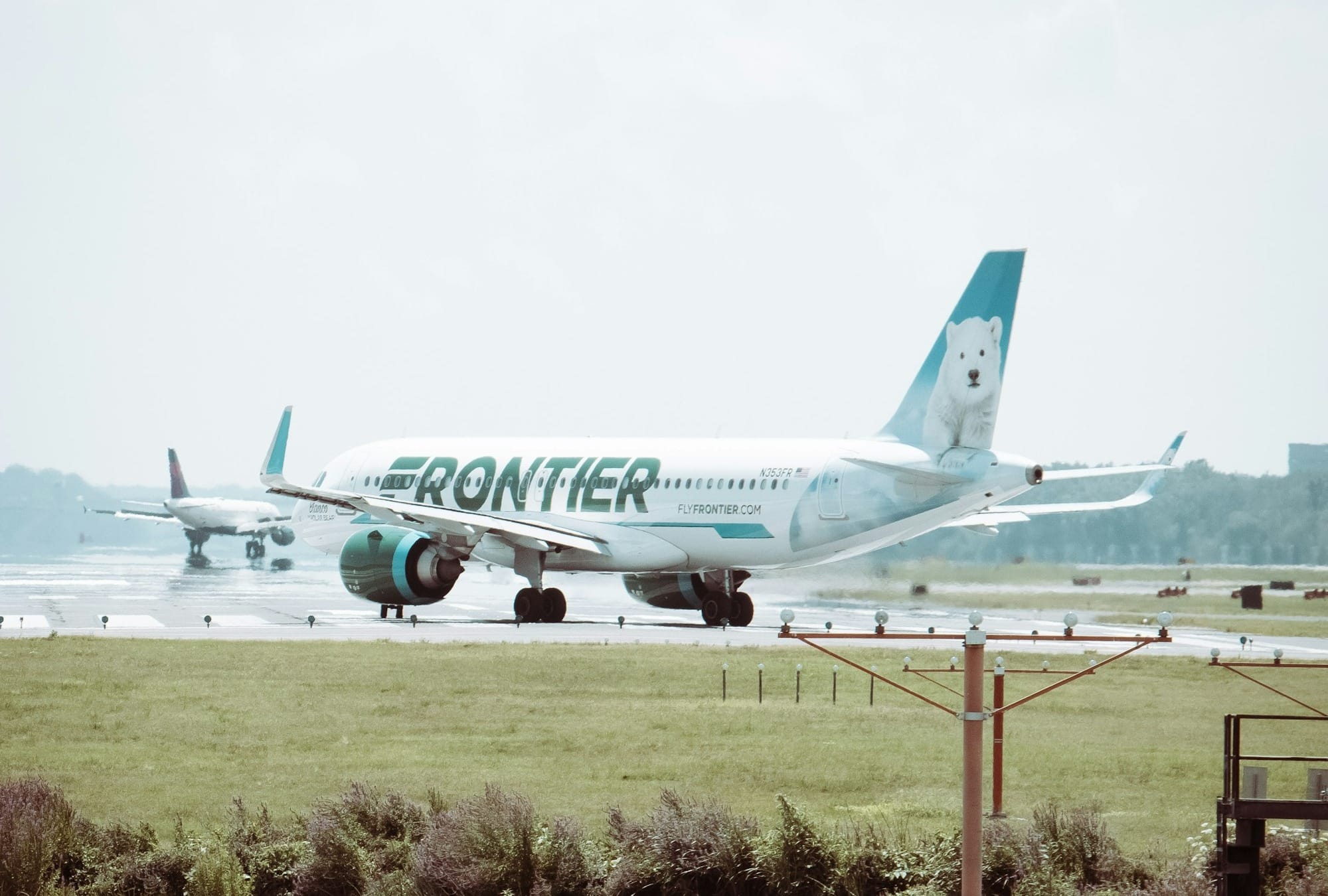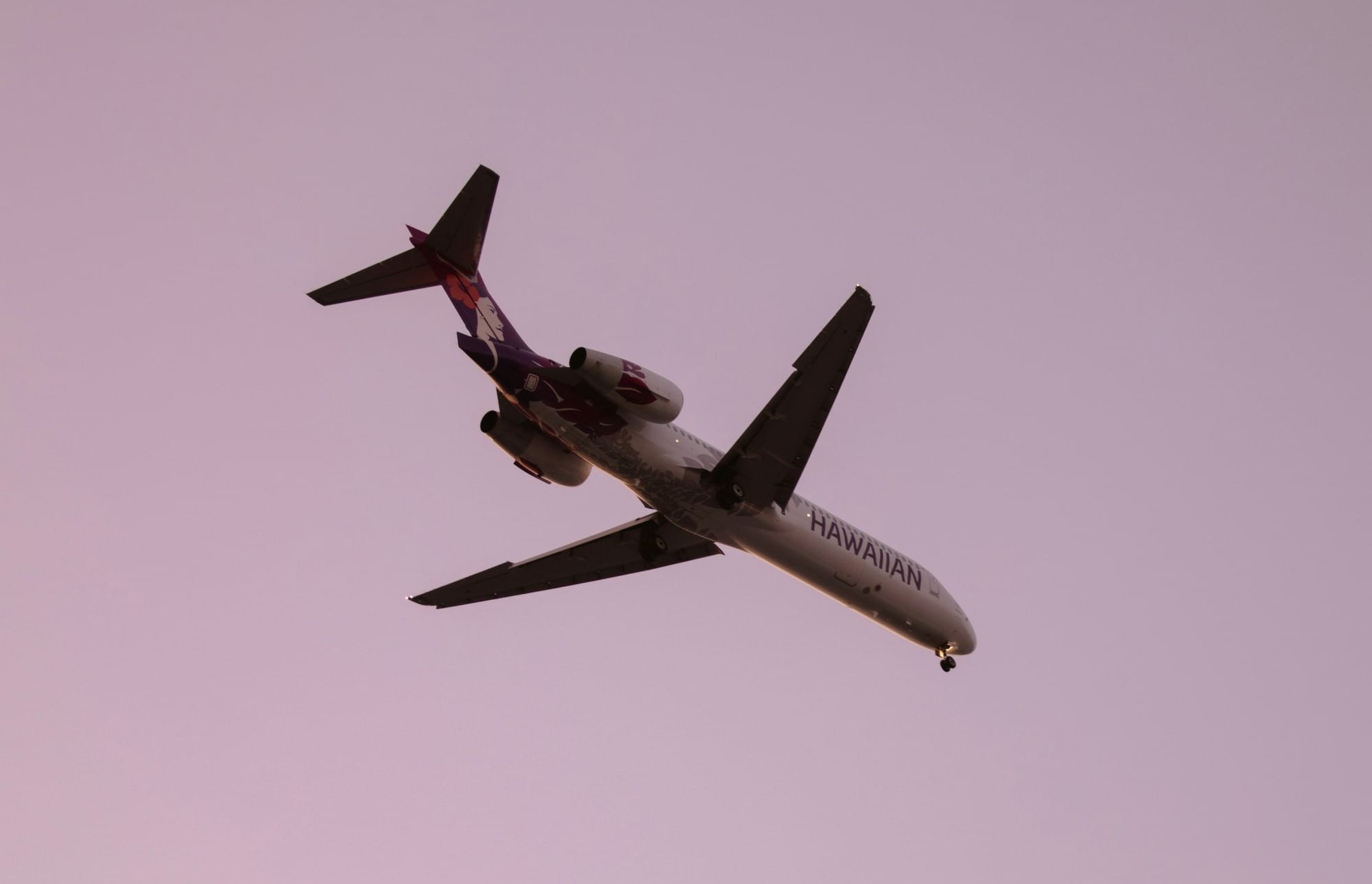Air Canada Lowers Full-Year Earnings Expectations Amid Competitive Pressures
In a significant development for Canada's aviation industry, Air Canada, the country's largest airline, has announced a downward revision of its full-year earnings expectations for 2024.

Air Canada Lowers Full-Year Earnings Expectations Amid Competitive Pressures
Key Takeaways
- Air Canada revises its 2024 earnings expectations due to competitive pressures.
- The airline faces challenges in international markets, impacting yields and load factors.
- Macroeconomic factors like jet fuel prices and currency fluctuations also play a role.
- Despite challenges, Air Canada reports a slight increase in second-quarter revenues.
- The airline adjusts its capacity guidance to align with market conditions.
Introduction
In a significant development for Canada's aviation industry, Air Canada, the country's largest airline, has announced a downward revision of its full-year earnings expectations for 2024. This adjustment comes as the airline faces mounting competitive pressures, particularly in international markets, which have impacted yields and load factors. The announcement, made on July 22, 2024, has sent ripples through the aviation sector and raised questions about the broader state of the airline industry as it continues to navigate post-pandemic recovery.
Revised Earnings Expectations
Air Canada now expects its earnings before interest, taxes, depreciation, and amortization (EBITDA) for 2024 to be between C$3.1 billion ($2.26 billion) and C$3.4 billion, a substantial reduction from its previous guidance range of C$3.7 billion to C$4.2 billion[^1]. This adjustment represents a significant shift in the company's financial outlook and reflects the challenging environment in which global airlines are currently operating.
Factors Contributing to the Revision
The airline cited several factors contributing to this revised forecast:
- Lower Yield Environment: Indicates reduced profitability per passenger.
- Lower-than-Expected Load Factors: Suggests planes are flying with more empty seats than anticipated.
- Competitive Pressures in International Markets: Increased capacity from rival airlines and aggressive pricing strategies aimed at capturing market share[^1].
These competitive pressures likely stem from a combination of factors, including increased capacity from rival airlines, pricing strategies aimed at capturing market share, and the ongoing recovery of international travel demand. As borders have reopened and travel restrictions have eased, airlines worldwide have been eager to recapture lost market share, leading to intensified competition on key international routes.
Macroeconomic Influences
In addition to these market-specific factors, Air Canada also noted that its revised guidance reflects assumptions about the price of jet fuel and a weakened Canadian dollar against the US dollar[^1]. These macroeconomic factors can significantly impact an airline's profitability, as fuel costs represent a substantial portion of operating expenses, and currency fluctuations can affect both revenues and costs for international carriers.
Current Financial Performance
Despite the challenges, Air Canada maintains that it continues to see a "healthy demand environment"[^1]. The company reported preliminary second-quarter results, indicating that operating revenues reached approximately C$5.5 billion, a slight increase from C$5.4 billion in the same period last year. This figure would represent a record for a second quarter, with load factors remaining above historical averages[^1].
However, the impact of competitive pressures is evident in the company's operating income, which fell to C$466 million in the second quarter, with an operating margin of 8.4%, compared to C$802 million in the same quarter last year[^1]. This decline in operating income, despite increased revenues, underscores the challenges Air Canada faces in maintaining profitability in a highly competitive market.
Capacity Adjustments
In response to these challenges, Air Canada has also adjusted its capacity guidance for the full year. The airline now expects to increase capacity, as measured in available seat miles, by 5.5% to 6.5% compared to 2023, down from its previous expectation of a 6% to 8% increase[^1]. This adjustment reflects the airline's efforts to align its capacity with demand and market conditions.
Industry-Wide Challenges
The revised outlook from Air Canada is not an isolated incident in the airline industry. Analysts have noted that other carriers, including Transat AT Inc. and U.S. peers, have also pointed to weaknesses across the industry[^2]. This suggests that the challenges facing Air Canada are part of a broader trend affecting airlines globally as they navigate the complexities of post-pandemic recovery and intense competition.
James McGarragle, an analyst at RBC Capital Markets, noted that while Air Canada highlighted a healthy demand backdrop for air travel in the second quarter, the lower guidance implies some demand headwinds during the remainder of the year[^2]. This observation raises questions about the sustainability of the recovery in air travel demand and the potential for economic factors to impact consumer behavior in the coming months.
Stock Performance and Future Outlook
The revised outlook from Air Canada also has implications for the company's stock performance. National Bank of Canada analyst Cameron Doerksen suggested that Air Canada's stock is likely to remain under pressure until a new agreement with the pilots is reached[^2]. This highlights the additional challenges the airline faces in terms of labor relations and cost management.
Looking ahead, Air Canada's ability to navigate these challenges will be crucial for its performance in the remainder of 2024 and beyond. The airline will need to carefully balance capacity management, pricing strategies, and cost control measures to mitigate the impact of competitive pressures and maintain profitability.
Broader Industry Implications
The situation also raises broader questions about the state of the global airline industry. As carriers continue to recover from the impacts of the COVID-19 pandemic, they face a complex landscape of changing consumer behavior, evolving regulatory environments, and intense competition. The ability of airlines to adapt to these challenges will likely determine the shape of the industry in the coming years.
For Air Canada, the coming months will be critical. The company is scheduled to release its full second-quarter results on August 7, 2024, which will provide more detailed insights into its performance and strategies for addressing the challenges it faces[^1]. Investors, industry analysts, and competitors will be watching closely to see how Air Canada plans to navigate the turbulent skies ahead.
Summary
In conclusion, Air Canada's downward revision of its full-year earnings expectations serves as a stark reminder of the ongoing challenges facing the airline industry. While demand for air travel continues to recover, competitive pressures, particularly in international markets, are putting significant strain on airlines' profitability. As the industry continues to evolve in the post-pandemic era, carriers like Air Canada will need to demonstrate agility, innovation, and strategic acumen to thrive in an increasingly competitive global market.
Q&A Section
Q: What are the main reasons for Air Canada's revised earnings expectations? A: The main reasons include lower yield environment, lower-than-expected load factors, and competitive pressures in international markets.
Q: How have macroeconomic factors influenced Air Canada's financial outlook? A: Factors such as the price of jet fuel and a weakened Canadian dollar against the US dollar have significantly impacted the airline's profitability.
Q: What adjustments has Air Canada made to its capacity guidance? A: Air Canada now expects to increase capacity by 5.5% to 6.5% compared to 2023, down from its previous expectation of a 6% to 8% increase.
Q: How has the competitive landscape affected Air Canada's performance? A: Increased capacity from rival airlines and aggressive pricing strategies have intensified competition, impacting Air Canada's yields and load factors.
Q: What are the broader implications for the global airline industry? A: The industry faces a complex landscape of changing consumer behavior, evolving regulatory environments, and intense competition, which will shape its future.







